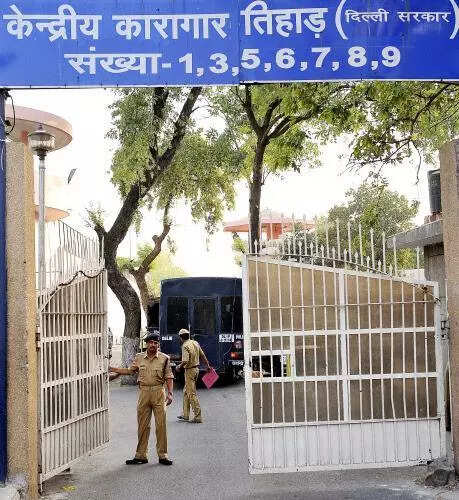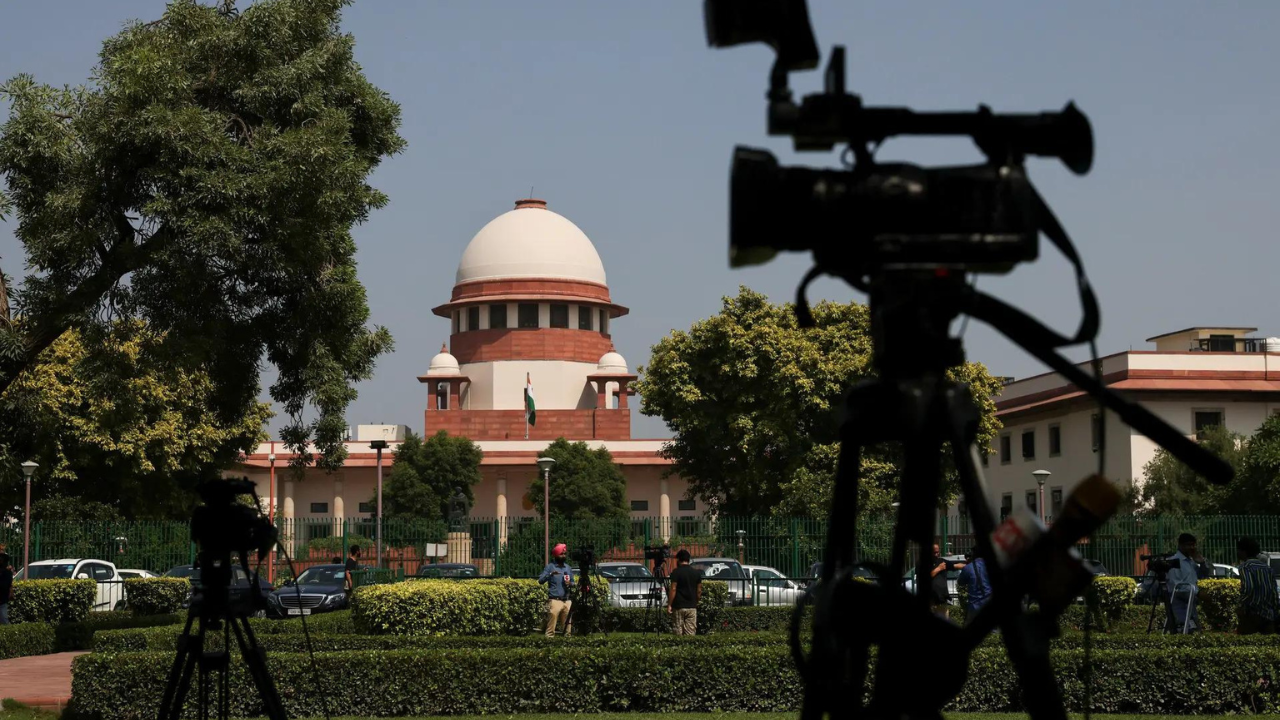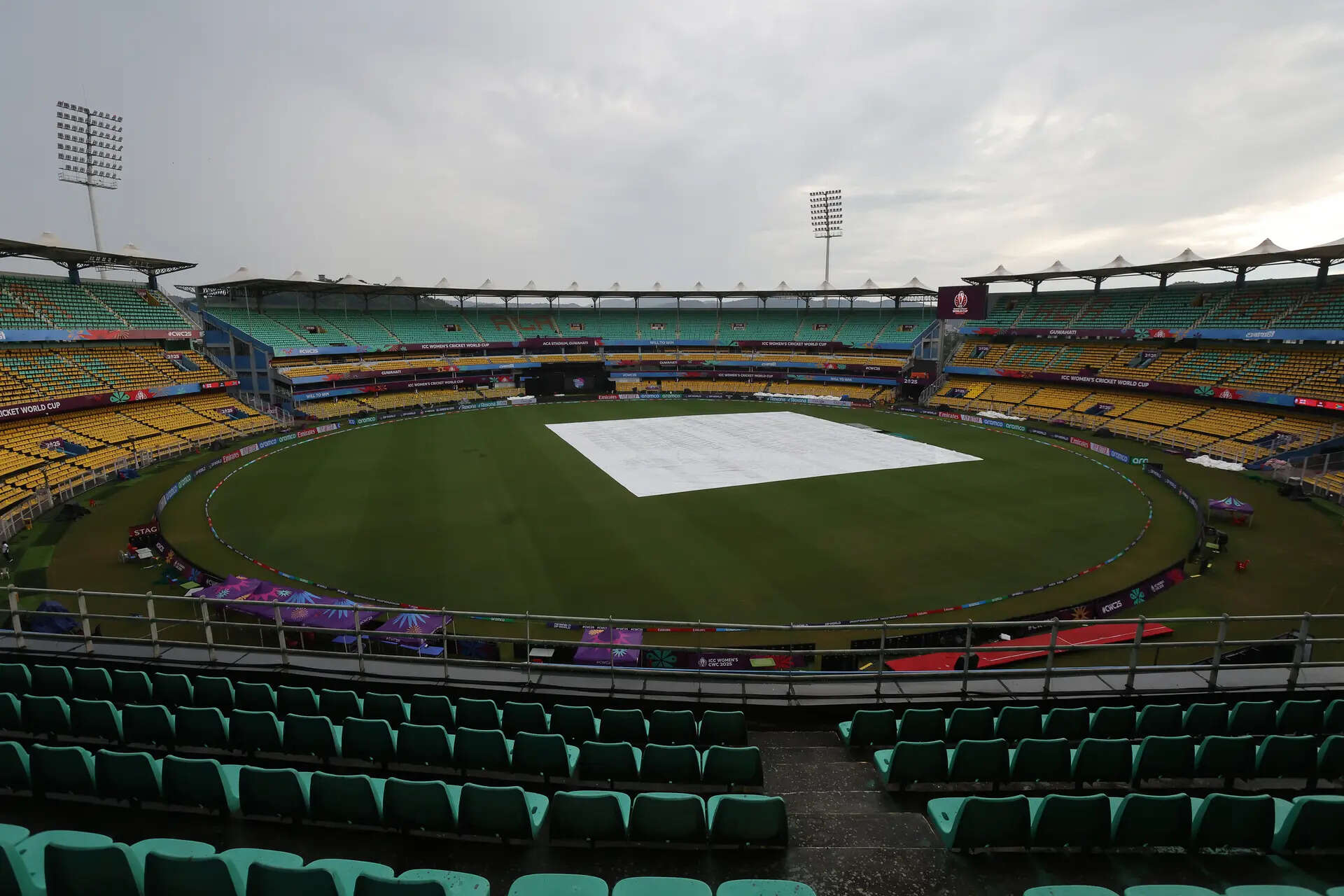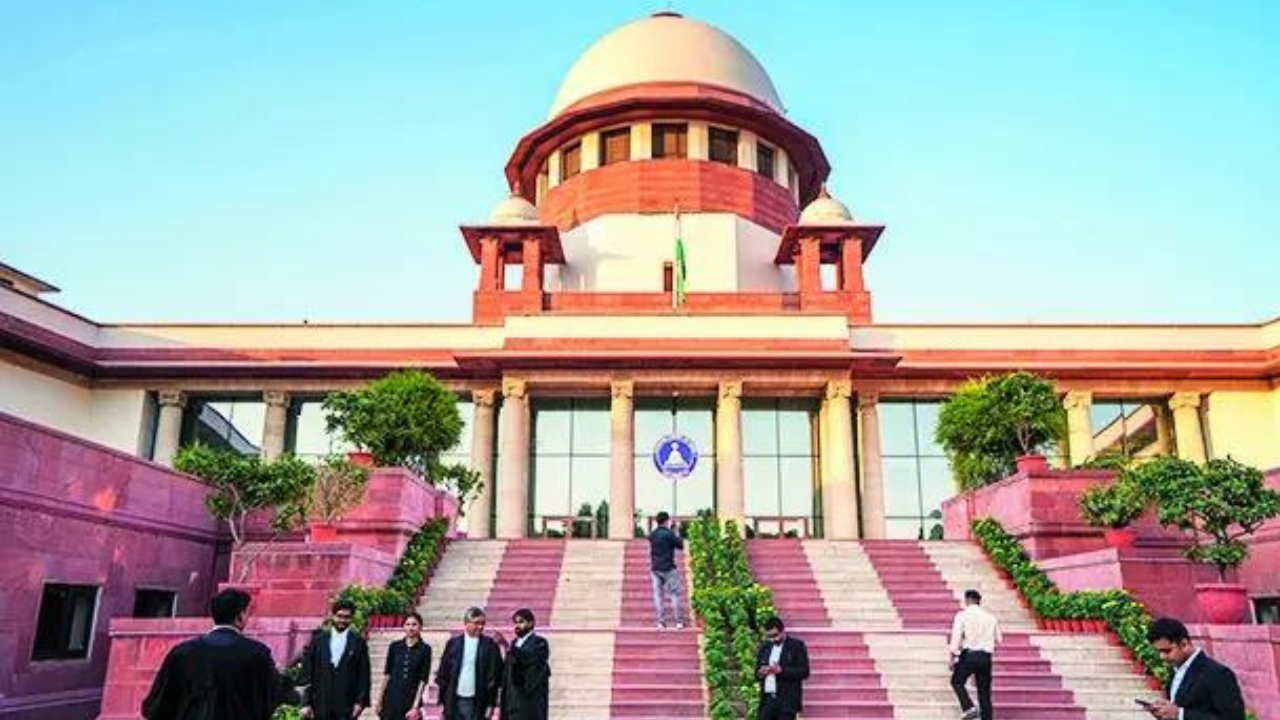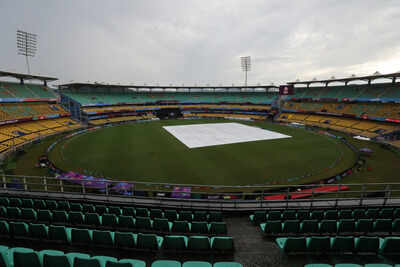NEW DELHI: When India and South Africa players will take the field at Barsapara Stadium for the second Test of the series on Saturday, it will be a momentous occasion for the Guwahati venue. With play scheduled to start half an hour earlier than the traditional 9:30 am IST, Test cricket in India will mark its 28th different venue.In the process, Barsapara Stadium will join the likes of Eden Gardens (Kolkata), venue of the first Test, Arun Jaitley Stadium (New Delhi), MA Chidambaram Stadium (Chennai) and the lesser known University Ground (Lucknow), and Gandhi Stadium (Jalandhar).
As BCCI’s policy of rotating venues reaches its 19th different Test centre this century, it comes not long after Narendra Modi Stadium was sparely filled for the Test against the West Indies. And more closely on the heels of another pitch controversy and uncertainty going into the Barsapara Stadium.“Test centres is not about crowds alone. It is also about familiarity of conditions. If we are playing a Test in Guwahati or Ranchi, I am not against these venues as a possibility. But the problem in India is every surface has a different identity. There is literally no bounce in the Eastern part of the country. It becomes a very ordinary Test match pitch then,” said former India spinner R Ashwin on his YouTube show Ash ki Baat.“Make sure whichever Test centre you decide has the best pitches. Some venues are better than others only because the pitches are better and the team is used to conditions. That is home advantage. Otherwise the only point is you are playing within that Indian map as home, but is not home,” he had added.WHERE IS INDIA’S TEST HOME ADVANTAGE?
| Country | Total Venues | Pre-2000 | Post-2000 |
|---|---|---|---|
| India | 27 | 19 | 18 |
| Australia | 11 | 7 | 10 |
| England | 10 | 7 | 9 |
| South Africa | 11 | 9 | 8 |
The call for having fixed Test centres is not new. Neither is the viewpoint of taking the game to different locations and popularising the traditional format.In 2019, Virat Kohli had stressed that fixed venues is not just suitable for the home teams but also the away teams in what they should expect from the crowd and surface.Meanwhile, Rohit Sharma, who succeeded Kohli as Test captain and retired earlier this year, said taking Test cricket to “all parts of the country” was the way forward.“We’ve been discussing this for a long time now, and in my opinion we should have five Test centres, period. I mean, I agree [with] state associations and rotation and giving games and all that, that is fine for T20 and one-day cricket, but Test cricket, teams coming to India should know, ‘we’re going to play at these five centres, these are the pitches we’re going to expect, these are the kind of people that will come to watch, crowds’,” Kohli had said.
Some venues are better than others only because the pitches are better and the team is used to conditions. That is home advantage. Otherwise the only point is you are playing within that Indian map as home, but is not home
R Ashwin
Ashwin concurred with Kohli’s opinion from six years ago.“Eden Gardens, Guwahati – playing against South Africa there, should there be standard Test centres? Virat said years ago they must be fixed. I personally think it’s about time, why did we make Test centres? So more cricketers could emerge, and their associations would get more funding. But Guwahati as a Test match is not a home game for either team, and I don’t think anyone in the Indian team has played a first-class game in Guwahati,” said the retired veteran.The off-spinner used South Africa’s Port Elizabeth to drive the point home. He mentioned how Proteas play their home Tests against India at the Centurion and Wanderers while keeping Port Elizabeth away from the calendar to take away India’s advantage of playing the spin.“Should we have standard Test centres? They already exist in countries like Australia, England, and South Africa. These nations consistently use the same venues for Test cricket. In India, however, when you play in multiple Test centres, it doesn’t always feel like a home game for India,” claimed Ashwin.
| Venue | Overall matches | Pre-2000 matches | Since 2000 matches |
|---|---|---|---|
| Eden Gardens, Kolkata | 43 | 30 | 13 |
| Arun Jaitley Stadium, Delhi | 36 | 26 | 10 |
| MA Chidambaram Stadium, Chepauk, Chennai | 35 | 24 | 11 |
| Wankhede Stadium, Mumbai | 27 | 17 | 10 |
| M. Chinnaswamy Stadium, Bengaluru | 25 | 13 | 12 |
| Green Park, Kanpur | 24 | 18 | 6 |
| Brabourne Stadium, Mumbai | 18 | 17 | 1 |
| Narendra Modi Stadium, Motera, Ahmedabad | 16 | 5 | 11 |
| I.S. Bindra Punjab Cricket Association Stadium | 14 | 3 | 11 |
| Vidarbha C.A. Ground, Nagpur | 9 | 6 | 3 |
| Nehru Stadium, Madras | 9 | 9 | — |
| Vidarbha Cricket Association Stadium, Jamtha, Nagpur | 7 | — | 7 |
| Rajiv Gandhi International Stadium, Uppal, Hyderabad | 6 | — | 6 |
| JSCA International Stadium Complex, Ranchi | 3 | — | 3 |
| Holkar Cricket Stadium, Indore | 3 | — | 3 |
| Maharashtra Cricket Association Stadium, Pune | 3 | — | 3 |
| Dr. Y.S. Rajasekhara Reddy ACA-VDCA Cricket Stadium, Vizag | 3 | — | 3 |
| Niranjan Shah Stadium, Rajkot | 3 | — | 3 |
| Lal Bahadur Shastri Stadium, Hyderabad | 3 | 3 | — |
| Barabati Stadium, Cuttack | 2 | 2 | — |
| Himachal Pradesh Cricket Association Stadium, Dharamsala | 2 | — | 2 |
| K.D. Singh ‘Babu’ Stadium, Lucknow | 1 | 1 | — |
| Gymkhana Ground, Mumbai | 1 | 1 | — |
| Sector 16 Stadium, Chandigarh | 1 | 1 | — |
| Sawai Mansingh Stadium, Jaipur | 1 | 1 | — |
| Gandhi Stadium, Jalandhar | 1 | 1 | — |
| University Ground, Lucknow | 1 | 1 | — |
| VENUES | 27 | 19 | 18 |
The numbers back this claim. India have played at 27 different venues in their Test history while Australia (11), England (10) and reigning World Test Championships (WTC) champions South Africa (11) have largely stuck to fixed venues.Since 2000, India have played their Test cricket at new centres in the form of Jamtha, Nagpur (7 matches), Rajiv Gandhi International Stadium, Hyderabad (6), JSCA International Stadium Complex, Ranchi, Holkar Cricket Stadium, Indore, MCA Stadium, Pune, ACA-VDCA Cricket Stadium, Visakhapatnam and Niranjan Shah Stadium, Rajkot (3).At the same time, some of the stadiums of the yesteryears have been phased out. Nehru Stadium, Madras, Lal Bahadur Shastri Stadium, Hyderabad, Barabati Stadium, Cuttack, K.D.Singh ‘Babu’ Stadium, Lucknow, Gymkhana Ground, Mumbai, Sector 16 Stadium, Chandigarh, Sawai Mansingh Stadium, Jaipur, Gandhi Stadium, Jalandhar and University Ground, Lucknow have all not seen a match in this century.

Eden Gardens has hosted the most number of Test matches in India.
As far as the ‘regular’ Test centres are concerned, the fixtures are rotated between Eden Gardens, M Chinnaswamy Stadium, MA Chidambaram Stadium, Arun Jaitley Stadium and Wankhede Stadium. Brabourne Stadium in Mumbai and Green Park Stadium in Kanpur have seen reduction in matches allocated while the Narendra Modi Stadium has seen an uptick.When you look at the other members of the ‘Big 3’ – Australia and England – alongside South Africa, there is a summer of Test cricket and even the venues have a permanent fixture. Like in Australia, Melbourne Cricket Ground (MCG) hosts the Boxing Day Test.AUSTRALIA TEST VENUES
| Venue | Overall | Pre-2000 | Since 2000 |
|---|---|---|---|
| MCG | 117 | 93 | 24 |
| SCG | 113 | 86 | 27 |
| Adelaide | 83 | 59 | 24 |
| Gabba, Brisbane | 67 | 43 | 24 |
| WACA, Perth | 44 | 28 | 16 |
| Hobart | 14 | 5 | 9 |
| Perth Stadium | 5 | — | 5 |
| Cairns | 2 | — | 2 |
| Darwin | 2 | — | 2 |
| Exhibition Ground, Brisbane | 2 | 2 | — |
| Manuka Oval, Canberra | 1 | — | 1 |
| VENUES | 11 | 7 | 10 |
Then, for 43 years, the Ashes opener used to be held at The Gabba until the upcoming series would break from tradition and start at the Perth Stadium. It only came after a long-term agreement was signed with Cricket Australia (CA) that will ensure the first Test of the summer will be played in Perth.Compared to India’s 27 different Test venues, Australia and South Africa have 11 venues each while England have 10. Broken down further, as against India’s 18 different venues this century, Australia have 10, England 9 and South Africa 8.Of those 10 Australian venues, five have been barely used – the newly constructed Hobart (9), Perth Stadium (5), Cairns, Darwin (2) and Manuka Oval (1). The remaining five have been used for the most part – SCG (27), MCG, Adelaide Oval, The Gabba (24) followed by WACA, Perth (16).ENGLAND TEST VENUES
| Venue | Overall | Pre-2000 | Since 2000 |
|---|---|---|---|
| Lord’s | 146 | 99 | 47 |
| The Oval | 107 | 83 | 24 |
| Old Trafford, Manchester | 85 | 65 | 20 |
| Headingley | 81 | 61 | 20 |
| Trent Bridge | 66 | 46 | 20 |
| Edgbaston | 57 | 36 | 21 |
| Chester-le-Street | 6 | — | 6 |
| Southampton | 6 | — | 6 |
| Cardiff | 3 | — | 3 |
| Sheffield | 1 | 1 | — |
| VENUES | 10 | 7 | 9 |
Same holds true for England and South Africa where most of the Test cricket is restricted to five or six venues. In England that means Lord’s (47), The Oval (24), Edgbaston (21), Old Trafford, Headingley, Trent Bridge (20) as traditional venues. Chester-le Street, Rose Bowl and Sophia Gardens have seen little activity in five-day matches.SOUTH AFRICA TEST VENUES
| Venue | Overall | Pre-2000 | Since 2000 |
|---|---|---|---|
| Newlands, Cape Town | 61 | 32 | 29 |
| Kingsmead, Durban | 46 | 28 | 18 |
| Wanderers, Johannesburg | 44 | 22 | 22 |
| Port Elizabeth | 33 | 19 | 14 |
| Centurion | 30 | 5 | 25 |
| Old Wanderers | 22 | 22 | — |
| Ellis Park | 6 | 6 | — |
| Bloemfontein | 5 | 2 | 3 |
| Lord’s, Durban | 4 | 4 | — |
| Senwes Park | 2 | — | 2 |
| Buffalo Park | 1 | — | 1 |
| VENUES | 11 | 9 | 8 |
Meanwhile, in South Africa, it means Newlands (29), Centurion (25), Wanderers (22), Kingsmead (18) and Port Elizabeth (14) as the traditional fixtures. At the same time, Bloemfontein, Senwes Park and Buffalo Park have not hosted a five-day affair since 2017.Back in India, Barsapara Stadium’s debut as India’s 28th Test venue highlights the challenge between expanding the game and maintaining consistent, high-quality conditions while sustaining home advantage.




